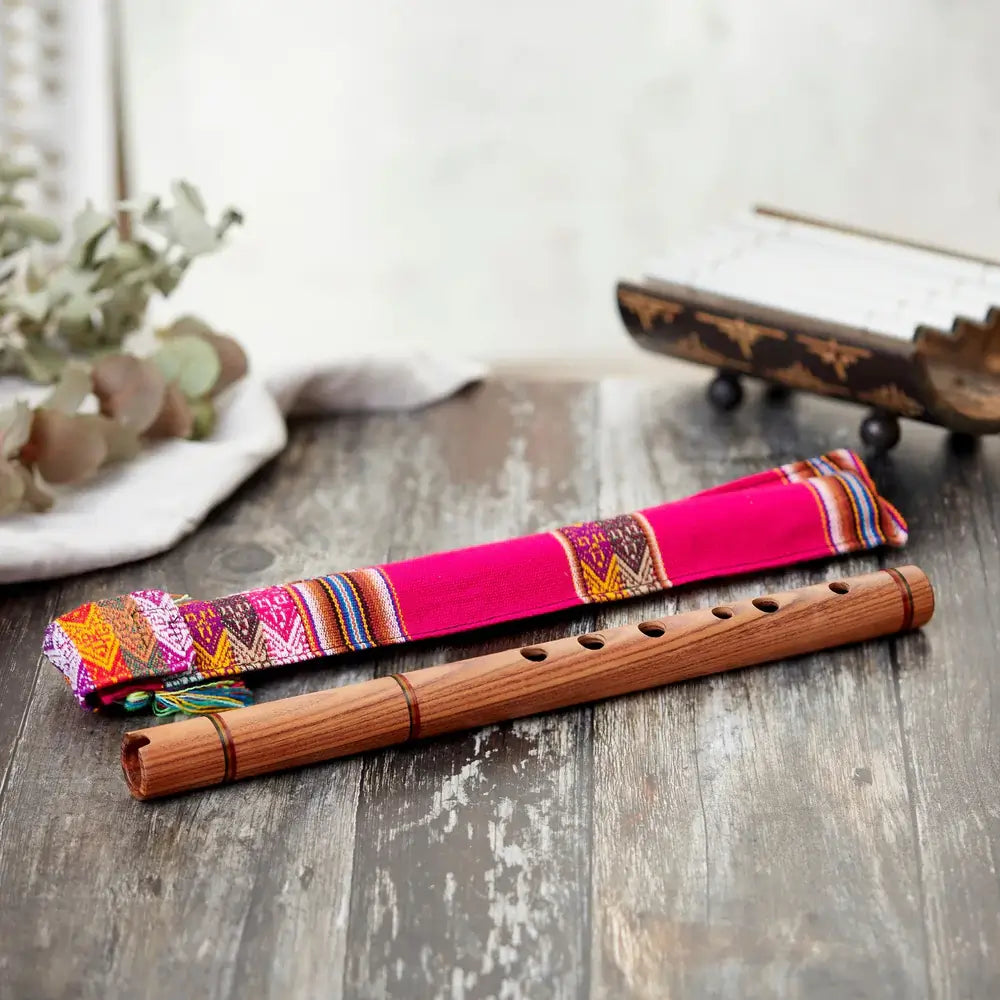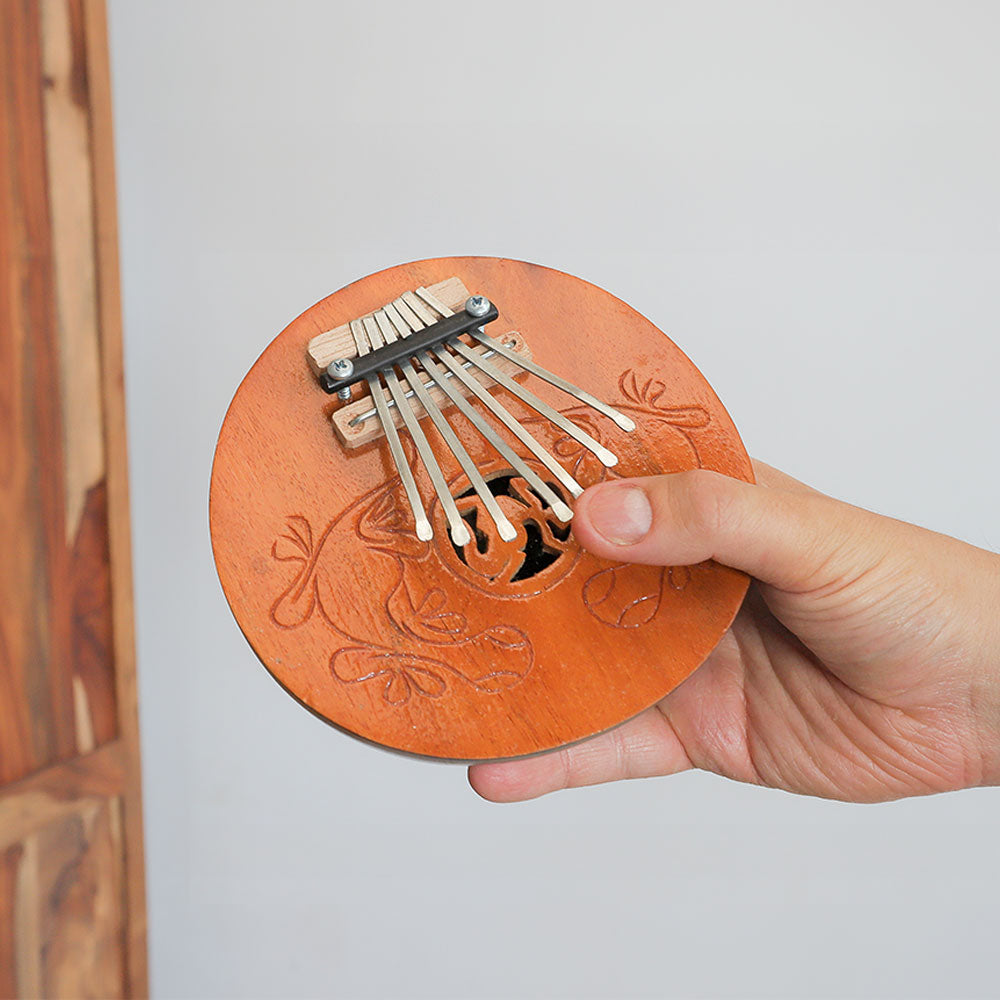Many people wonder, What is the difference between a classical and an acoustic guitar? If you are one of those people, don’t worry — we are going to guide you and help develop your understanding so that you can find an instrument that suits your style of music!
Acoustic guitar

Classical guitar

At first glance they look similar, apart from the colour, but there are many subtle differences. Let’s take a closer look.
Notice how the tuning pegs on the acoustic guitar stick out, whereas the classical guitar has tucked-in tuning pegs. A classical guitar usually has nylon strings, while an acoustic uses metal strings. This creates a different tone: an acoustic guitar gives you a brighter sound with longer resonance. Most modern music is played on acoustic guitars, and some songs simply won’t sound right on a classical. However, if you want to play Flamenco or Spanish music, a classical guitar may suit you better.
It is also important to know that you cannot use nylon strings on an acoustic — they will snap due to the high tension. Likewise, you cannot use steel strings on a classical, or you risk damaging the guitar. I’ve seen this many times when visiting friends or family — a snapped neck due to the wrong strings being used.
Acoustic guitars, especially dreadnoughts, are wider. The string setup also differs: acoustic guitars use bridge pins to hold the metal strings in place, while classical guitars have a tie-block bridge where the strings are wrapped in a simple knot.


The bottom line
Both guitar styles are beautiful and capable of creating amazing music. One is not better than the other — but one may be better suited to your preferred style. Before buying, I recommend doing some extra research and listening to the differences. There is plenty of content online, but visiting a guitar shop can be incredibly valuable. You don’t need to buy from the shop (online is often cheaper), but trying both instruments will help you figure out which one suits you best. If you are a beginner, we highly recommend an acoustic guitar. It doesn’t need to be expensive, but avoid going super cheap.
Cheaper guitars often use weaker wood that struggles to withstand string tension. Over time the wood may warp or even snap, and the guitar will constantly slip out of tune. To ensure the guitar you buy is worth learning on, choose a reputable seller. We believe Yamaha makes great budget and professional guitars. You’ll get a nice warm, bright sound, and unless you’re a professional, you won’t hear a huge difference compared to a high-end model. It’s a guitar you can grow with. Once you’ve chosen the right guitar, the next step is learning proper technique.
Next Steps for Beginners
Now that you understand the difference between classical and acoustic guitars, the next step is learning how to play with the right technique. Getting the basics right early—tuning, posture, chords, strumming, and hand positioning—will make learning easier, help you progress faster, and prevent bad habits from forming. If you want a simple, structured path that walks you through everything step-by-step, the guide below is designed specifically for beginners.
Ready to Start Learning Guitar the Right Way?
Choosing the right guitar is only the first step. If you want to learn proper technique—tuning, posture, chords, scales, and strumming—the guide below will help you build a solid foundation. The Complete Guitar Player eBook gives beginners a clear, step-by-step path with 15 playable songs to get you started with confidence.








